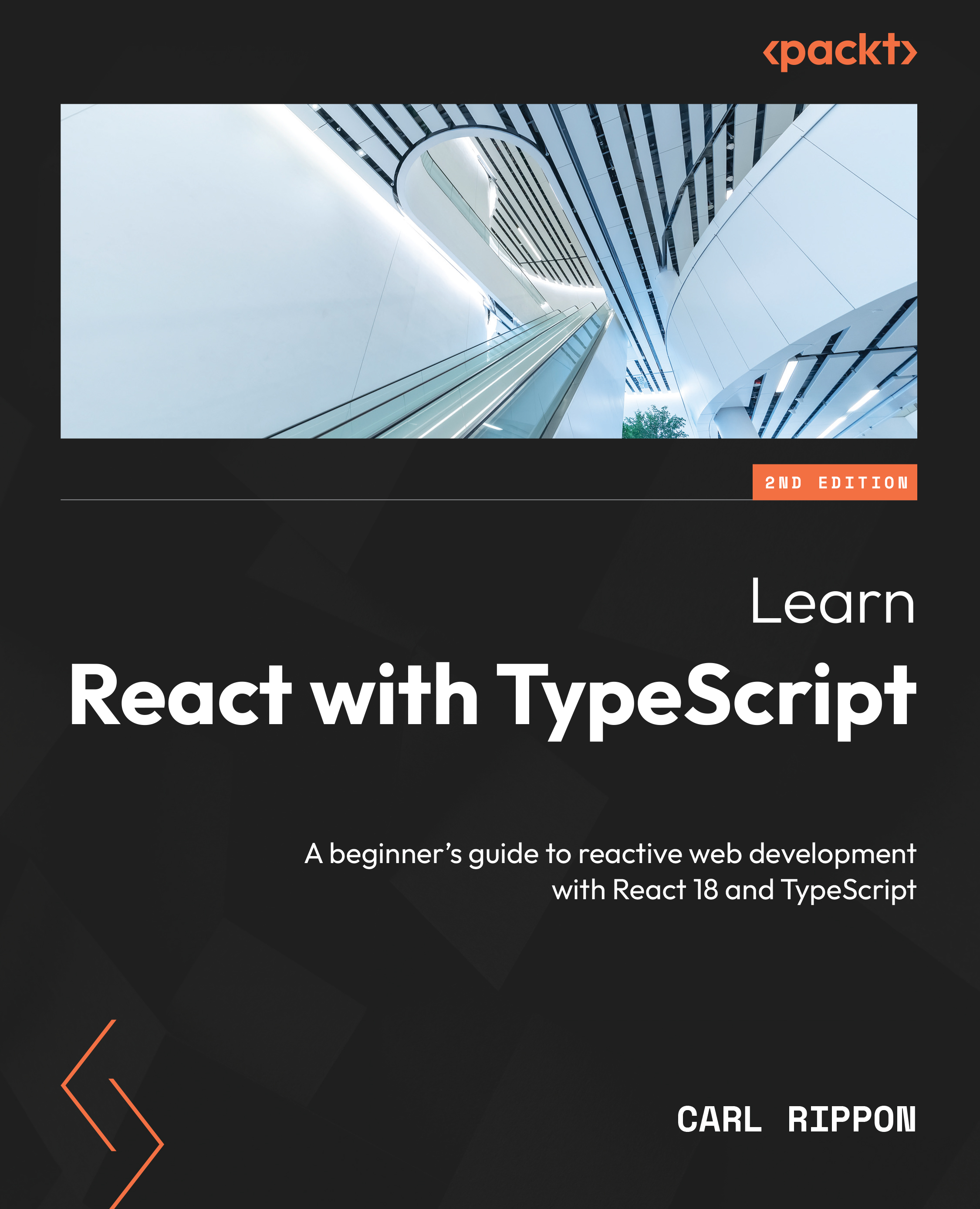Before we start creating our first React component, in this section, we will understand what React is and explore some of its benefits.
React is incredibly popular. We have already mentioned that Meta uses React for Facebook, but many other famous companies use it, too, such as Netflix, Uber, and Airbnb. React’s popularity has resulted in a huge ecosystem surrounding it that includes great tools, popular libraries, and many experienced developers.
A reason for React’s popularity is that it is simple. This is because it focuses on doing one thing very well – providing a powerful mechanism for building UI components. Components are pieces of the UI that can be composed together to create a frontend. Furthermore, components can be reusable so that they can be used on different screens or even in other apps.
React’s narrow focus means it can be incorporated into an existing app, even if it uses a different framework. This is because it doesn’t need to take over the whole app to run; it is happy to run as part of an app’s frontend.
React components are displayed performantly using a virtual DOM (Document Object Model). You may be familiar with the real DOM – it provides the structure for a web page. However, changes to the real DOM can be costly, leading to performance problems in an interactive app. React solves this performance problem by using an in-memory representation of the real DOM called a virtual DOM. Before React changes the real DOM, it produces a new virtual DOM and compares it against the current virtual DOM to calculate the minimum amount of changes required to the real DOM. The real DOM is then updated with those minimum changes.
The fact that Meta uses React for Facebook is a major benefit because it ensures that it is of the highest quality – React breaking Facebook is not good for Meta! It also means a lot of thought and care goes into ensuring new versions of React are cheap to adopt, which helps reduce the maintenance costs of an app.
React’s simplicity means it is easy and quick to learn. There are many great learning resources, such as this book. There is also a range of tools that make it very easy to scaffold a React app – one such tool is called Create React App, which we will learn about in Chapter 3, Setting up React and TypeScript.
Now that we are starting to understand React, let’s dig deeper in the next section to understand how a React component defines what to display.



 Free Chapter
Free Chapter
